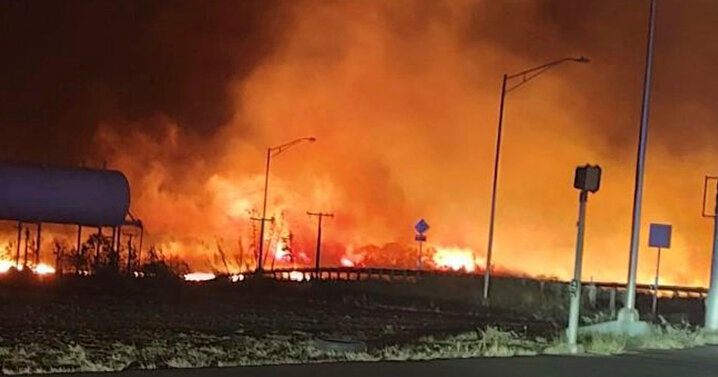excerpts:
… As the fire spread further into town, the problems multiplied: Hydrants ran dry as the community’s water system collapsed, according to firefighters. Powerful sirens, tested every month in preparation for such an emergency, never sounded. Lahaina’s 911 system went down.
Many of those who evacuated said they were corralled by road closures and downed power lines into traffic jams that left some people to burn alive in their cars and forced others to flee into the Pacific. Videos shared with The Times and posted on social media show cars on Front Street crawling in bumper-to-bumper traffic as smoke, embers and debris billow around them.
Government officials have blamed wind gusts that in some cases exceeded 80 miles per hour for fueling the ferocity of the blaze, combined with warming temperatures and drought that left the island’s vast grasslands and brush tinder dry.
The prospect of a destructive wildfire has been a growing concern across West Maui for years, as drought has worsened, invasive plants have created huge swaths of highly flammable grasslands, and worsening storms have spawned winds that can fuel fires. All those perils came sharply into focus in the days before Maui’s fire last week, when a hurricane building to the south, with significant winds forecast, created the very conditions that scientists had long warned could be a deadly combination.
Gov. Josh Green of Hawaii has said repeatedly since the fire that climate change is “the ultimate reason that so many people perished.” He has asked the attorney general to conduct a comprehensive review…
… “We couldn’t see people, but I heard people throwing up, screaming,” said Ydriss Nouara, a sales manager at a local hotel who was fleeing on a scooter with a neighbor. He said he watched as a pit bull threw itself into the water. He called 911, and the operator urged them to get into the water, too…

